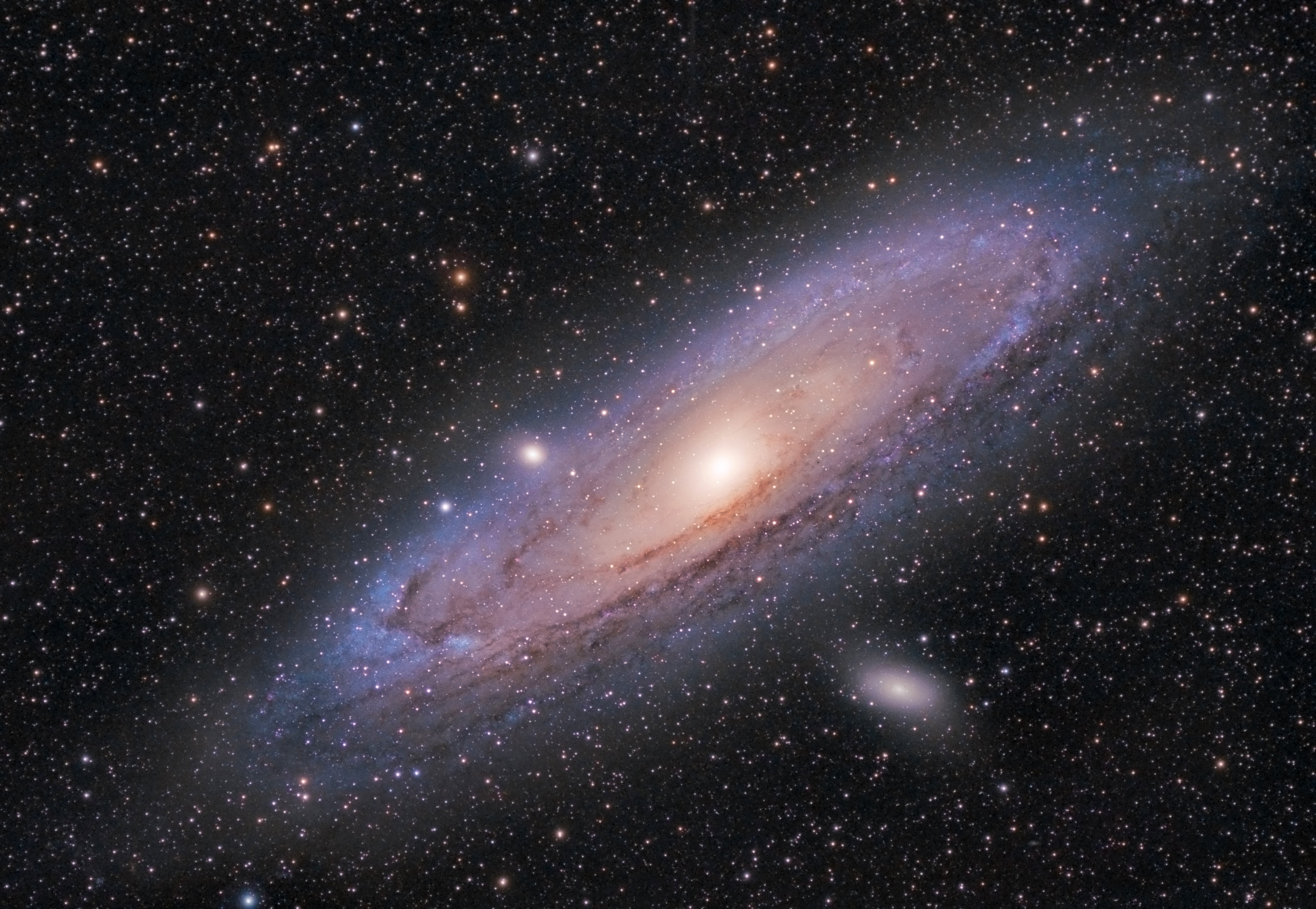Scientists Accidentally Discover Huge Galactic Structure in Space – Newsweek
Astronomers have accidentally discovered a huge and previously undetected galactic structure that could change the way we think about how stars are made.
The structure, which is made out of a mind-bogglingly large amount of gas, extends throughout the disk of the Milky Way Galaxy and possibly far into its outskirts.
The discovery was made by a group of astronomers including Ron Allen, a professor with the physics and astronomy department of Johns Hopkins University.
Only recently, astronomers also said there could be many more Earth-sized planets orbiting other stars than previously thought.
When astronomers talk about the vacuum of space, they are referring to the empty space between stars and planets that isn’t filled with anything.
However, if one looks at the Universe on a large enough scale, it becomes apparent that even the vacuum of space isn’t entirely empty. Instead, it is filled with what is called the interstellar medium, an extremely low-density collection of gas and dust.
It is thought that this gas is mostly made out of molecular hydrogen (H2), and other molecules.
The problem is that the H2 cannot usually be detected, and so astronomers instead have to look for other molecules mixed in with the interstellar gas which help infer its existence, such as carbon monoxide (CO) or OH gas—usually carbon monoxide. These other molecules are called tracers.
In 2012, Allen accidentally found OH emission but no CO emission whilst he was working on something else. He thought this OH might hint at a massive cloud of H2.
He teamed up with Dave Hogg of the National Radio Astronomy Observatory in Virginia, as well as Philip Engelke and Michael Busch, both Ph.D. students at Johns Hopkins University, to see if they could use OH as an H2 tracer by observing it with the Green Bank Telescope (GBT), the world’s largest fully steerable radio telescope.
They found that OH can indeed be used as a tracer of H2 gas. The Green Bank Observatory said in a statement: “While it required long exposure times, the OH observations began filling in the gaps between previous CO observations, showing molecular gas as a major component in the structure of our Galaxy.”
Then, Engelke found a large, faint feature in the telescope’s entire line of sight. The researchers thought this was due to the telescope itself rather than something that was actually there.
However, after spending hundreds of hours looking again, using different techniques and even a different telescope, they determined that the huge feature was really there.
A study on the finding, published in The Astrophysical Journal in June, describes the discovery as “serendipitous”—meaning it was found by chance—and described the structure as “an extremely broad and ubiquitous” OH emission located towards the second quadrant of the other galaxy.
It adds: “Our results imply the existence of a thick disk of diffuse molecular gas in the outer Galaxy previously undetected in all-sky CO surveys.”
The team think the existence of the structure has implications for theories on how stars are formed as well as on the structure of the interstellar medium.
Allen passed away in 2020 as the research was being drafted. Engelke said in a Green Bank Observatory statement: “We were very lucky to have known him. Ron was truly excited about this discovery, and I know he would have been proud of the result.”






